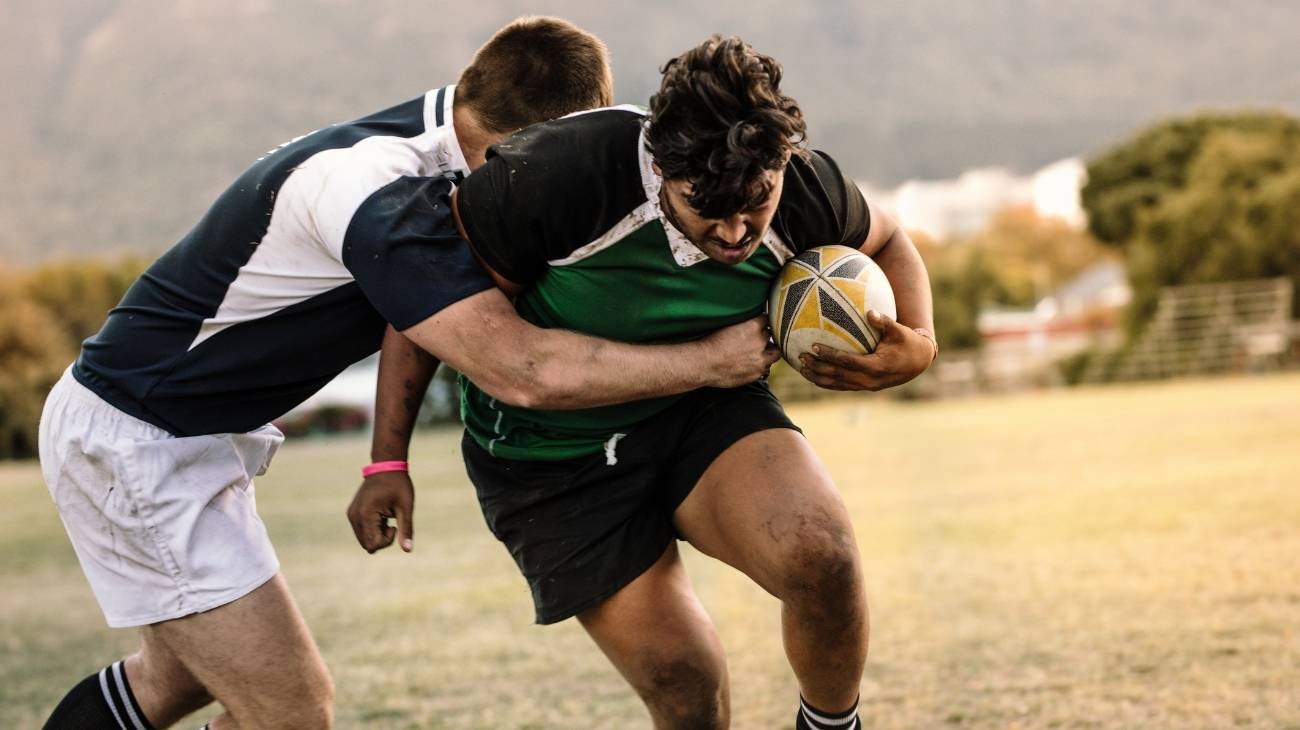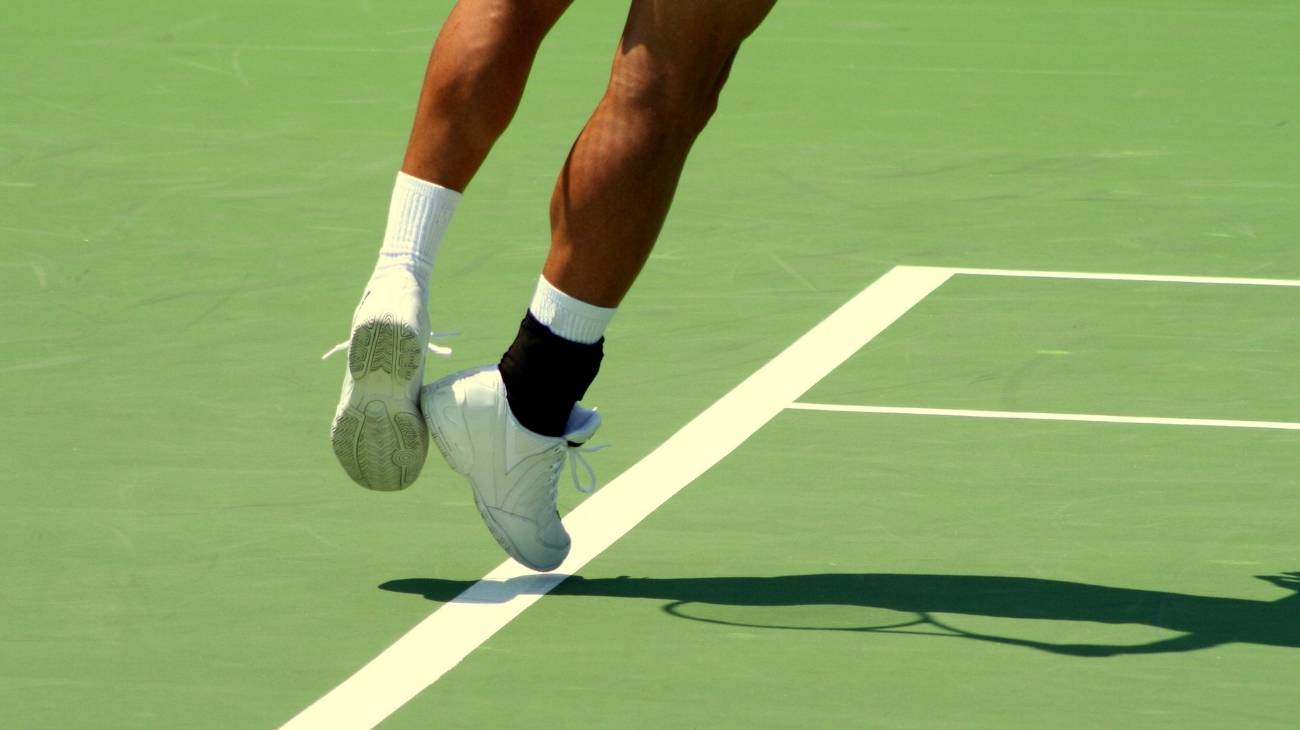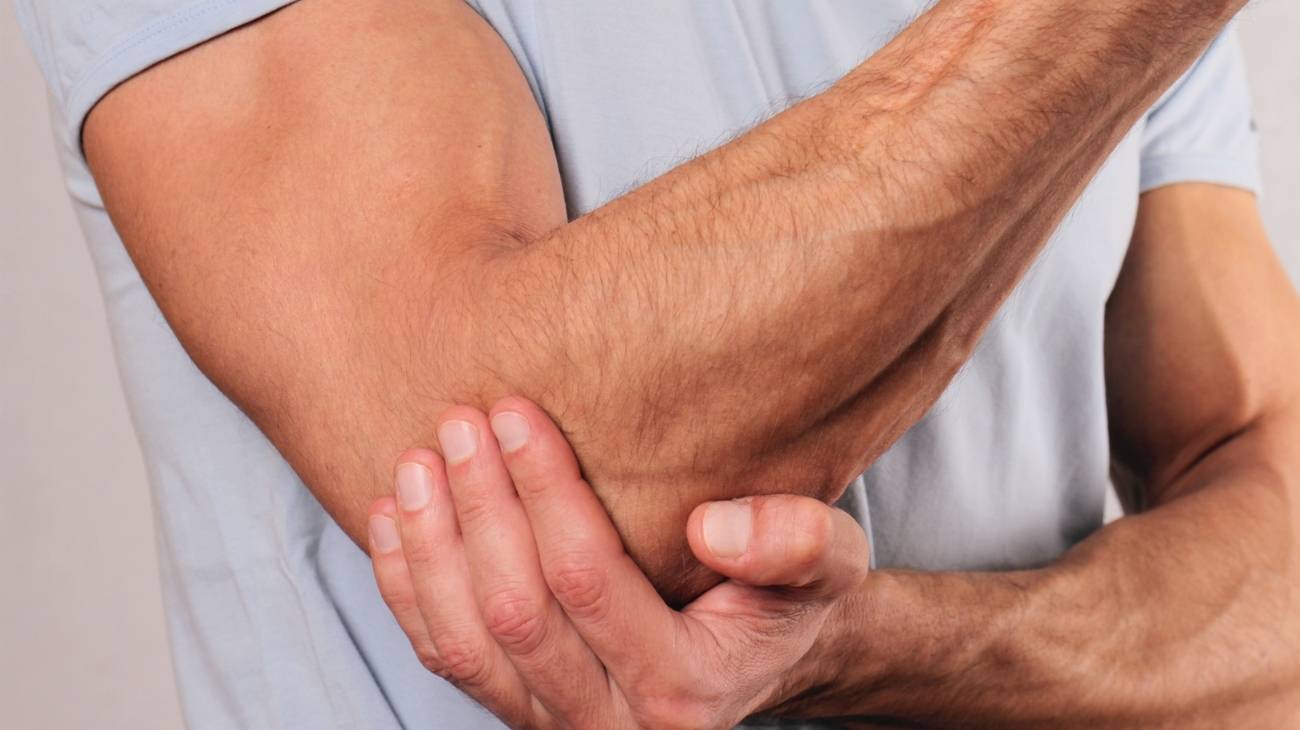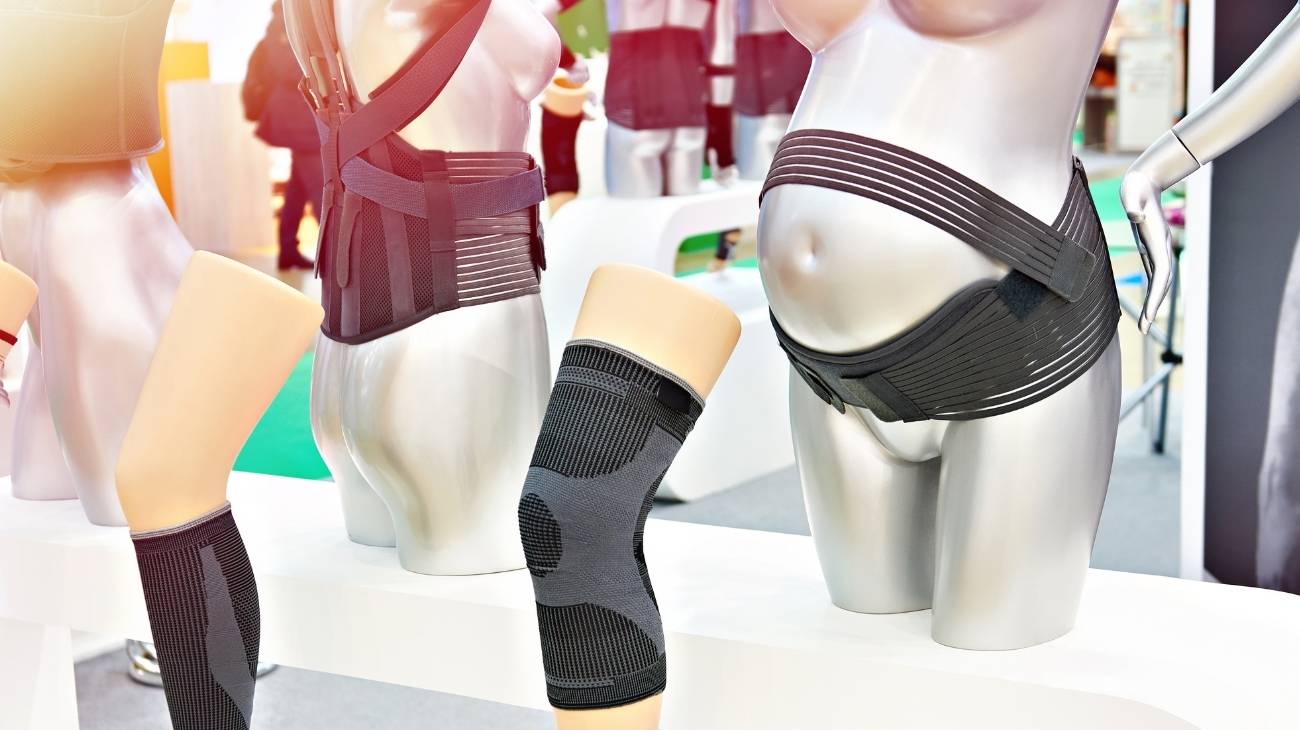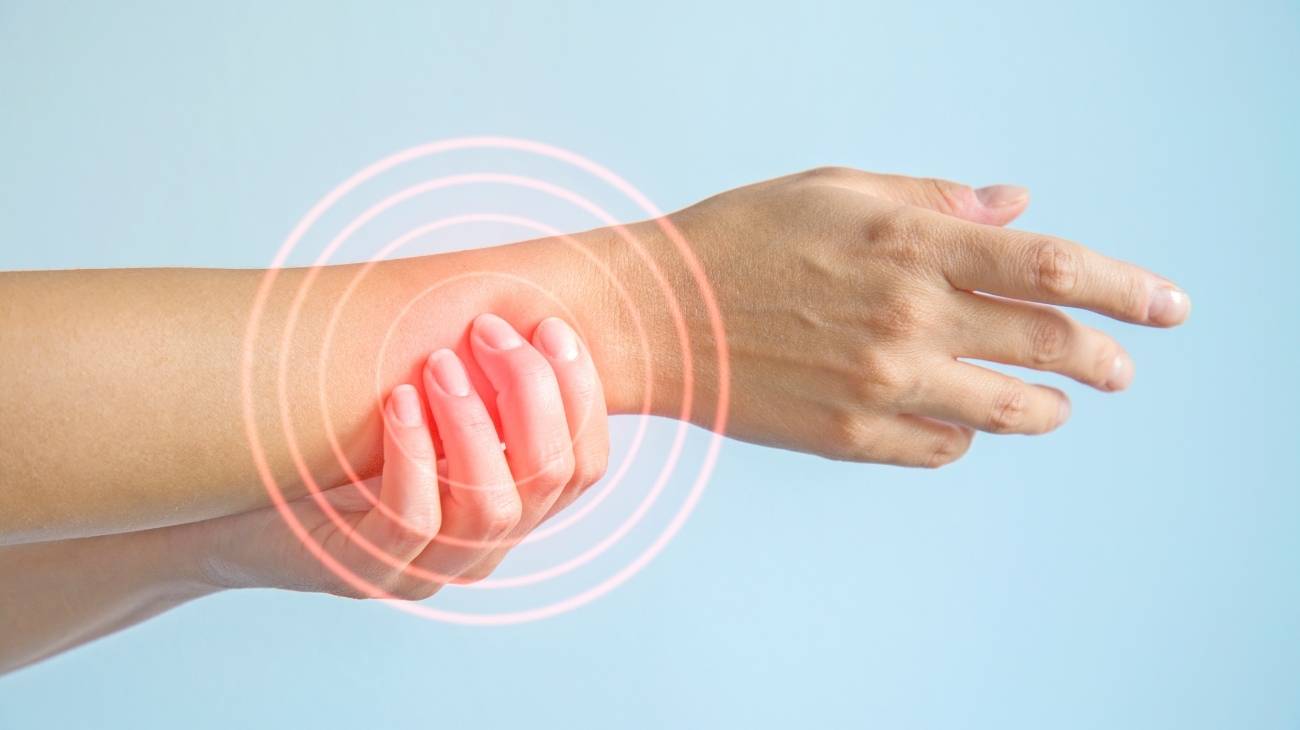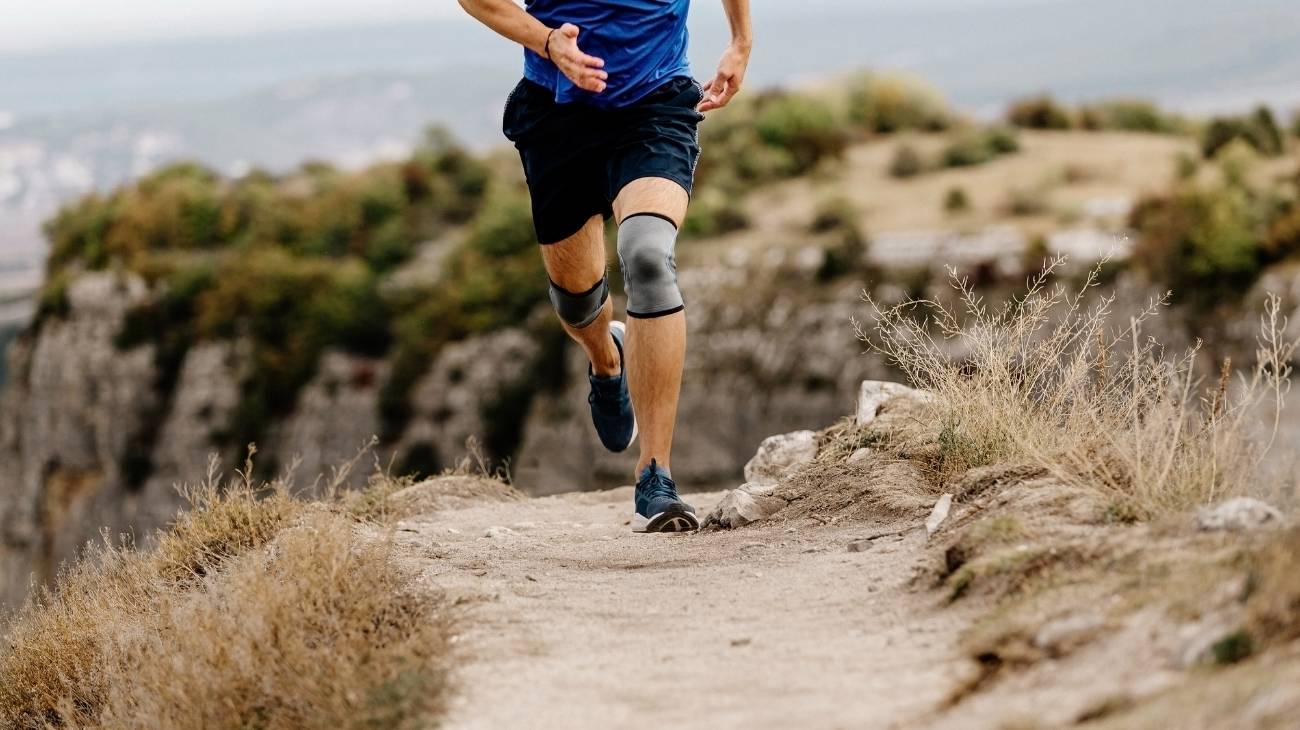There are a number of factors that can cause injury to the lumbar spine or lower back, leading to what is known as sciatica. This type of pain is an injury caused by compression of one or more of the sets of nerve roots in the lower back.
Sciatica is considered a very common condition that has altered the health of more than 40% of adults. Many people still have misconceptions about sciatic pain, especially around its treatment. Here we will explain the reasons for using a back support belts as an alternative to treat sciatica.
What are the symptoms of sciatica in the lower back?
Sciatica is not a disease in itself, but a global terminology used to refer to pain that occurs in the lumbosacral spine of patients. It is an ailment that radiates along the path of the sciatic nerve, which branches from the lower back through the hips, buttocks and each leg. Sciatica usually affects only one side of the body.
pain occurs whenever the nerve roots in the lower back (or lumbar spine) become compressed, inflamed or irritated as a result of a herniated disc or other narrowing of the spinal canal that is identified as stenosis. Such compression or irritation of the nerves activates the sciatic nerve causing severe pain.
Causes of sciatic nerve impingement include:
- Herniated discs.
- Bone spurs (excessive bone growth in the vertebrae).
- Diabetes.
- Piriformis syndrome.
- Spinal stenosis.
- Spondylolisthesis.
- Degenerative disc disease of the spine.
- Vertebral tumours or vertebral fracture.
- Obesity.
- Prolonged sitting.
- Professions that require carrying heavy loads or driving vehicles for long periods.
The clinical picture of sciatica is characterised by the following signs and symptoms:
- Pain that extends from the lower sp ine to the buttocks and the back of the affected leg.
- Radiculopathy: This is the injury or irritation of a nerve root that causes radiating discomfort in the impacted nerve root.
- Burning can occur anywhere along the nerve pathway. But particularly noticeable from the lower back to the thighs and calves.
- Numbness or tingling in the injured leg or foot.
- Muscle weakness: Usually also present in the impacted leg or foot.
- Difficulty bending the knee, bringing the feet together and pointing the toes up or down.
Depending on the location where the pinched sciatic nerve originates we can distinguish the following:
- L4 nerve root sciatica: This is a pathology that is triggered from the L3-L4 level in the lower spine. It causes a reduction of the patient's patellar reflex, as well as pain and numbness in the medial lower leg and foot. It even creates weakness that results in the inability to stand on tiptoe.
- L5 nerve root sciatica: In this case, the L4-L5 segment is affected and as a result, the person feels pain and numbness in the upper part of the foot, as well as weakness in the extension of the big toe and sometimes over the ankle or foot drop.
- S1 nerve root sciatica: S1 nerve root sciatica is a sciatic complaint that manifests in the lower spine, specifically at the L5-S1 level. As such, it causes pain and/or numbness towards the sides of the foot, decreased hamstring reflex and difficulty walking on tiptoe or lifting the heel off the ground.
Bestseller
What are the benefits of using a back braces to treat lumbar sciatica?
After diagnosing the condition through physical examination (muscle strength and reflexes), as well as imaging tests (X-rays, MRI, CT scan or electromyography), the medical specialist will be able to determine the causes of the sciatica, the severity of the case and know more closely the symptomatological picture you present.
A rehabilitation programme will be designed by a physiotherapist to help soothe the pathology and prevent future injuries. Normally, this programme includes exercises to strengthen the muscles that support the back, improve flexibility and correct posture.
Compression therapy is recommended to promote faster recovery as it uses an elastic device to soothe pain, reduce venous pressure, regulate blood flow and produce a relaxing effect on the injured area. A lumbar support is ideal for improving sciatica.
The back braces functions as a support for the back area and has the ability to tighten the lumbar area through the level of support it provides in a therapeutic manner.
Here are some of the benefits it offers:
- Minimises pain in the back area.
- Moderates lumbar instability.
- Protect the back area to obstruct the chances of raising the severity level of the disease.
- Accelerate the rehabilitation phase after sciatica or other back disorders.
- They provide support to perform movements with greater confidence and safety.
- They provide comfort to their users.
- They prevent the patient from making incorrect efforts or adopting postures that could aggravate the disease.
- They favour balance in the lumbar area.
- They support the preservation of a correct alignment of the spine for its early improvement.
What type of sports back supports are best for improving sciatica pain?
We recommend the following alternative sports or compression back braces that are effective in improving sciatica in a short time in conjunction with the conservative treatment prescribed by a medical specialist. Due to their specifications, these types of belts help to reduce the main symptoms caused by a pathology of the lumbosacral spine:
Sacroiliac support belt
This refers to a type of compression back braces designed for the purpose of providing support in the hip region and is therefore known as a sacroiliac hip belt. Thus, they consist of a pelvic belt that is responsible for protecting the lower back along with the hip joint in order to relieve or release tension and pain associated with the pelvis. This, thanks to the level of support it creates in the lower spine.
Apart from this, as well as mitigating pain, it is also an ideal device to minimise any inflammatory process that arises in the area. It helps to recover functional mobility, prevents sudden movements that can worsen the disease and provides great comfort to users, as it adapts with complete flexibility to each body.
Back support sports belt
A type of garment made for sports and daily activities. Due to its elasticity and the compression it can exert on the back, it is useful for controlling pain in the lumbar region of the user.
It is considered an optimal complement to rehabilitation therapies after sciatic pain. Since it is a support that is focused on immobilising the lumbosacral spine to provide the patient with a feeling of security and, at the same time, avoid certain postures or movements that tend to aggravate the injury.
As if that were not enough, sports-type lumbar supports are characterised by compressing the user's abdomen and, as a consequence, they return the curvature of the back to its original position. In this way, as well as being used as part of the rehabilitation process, they are also ideal for the protection and prevention of diseases in the back area.














